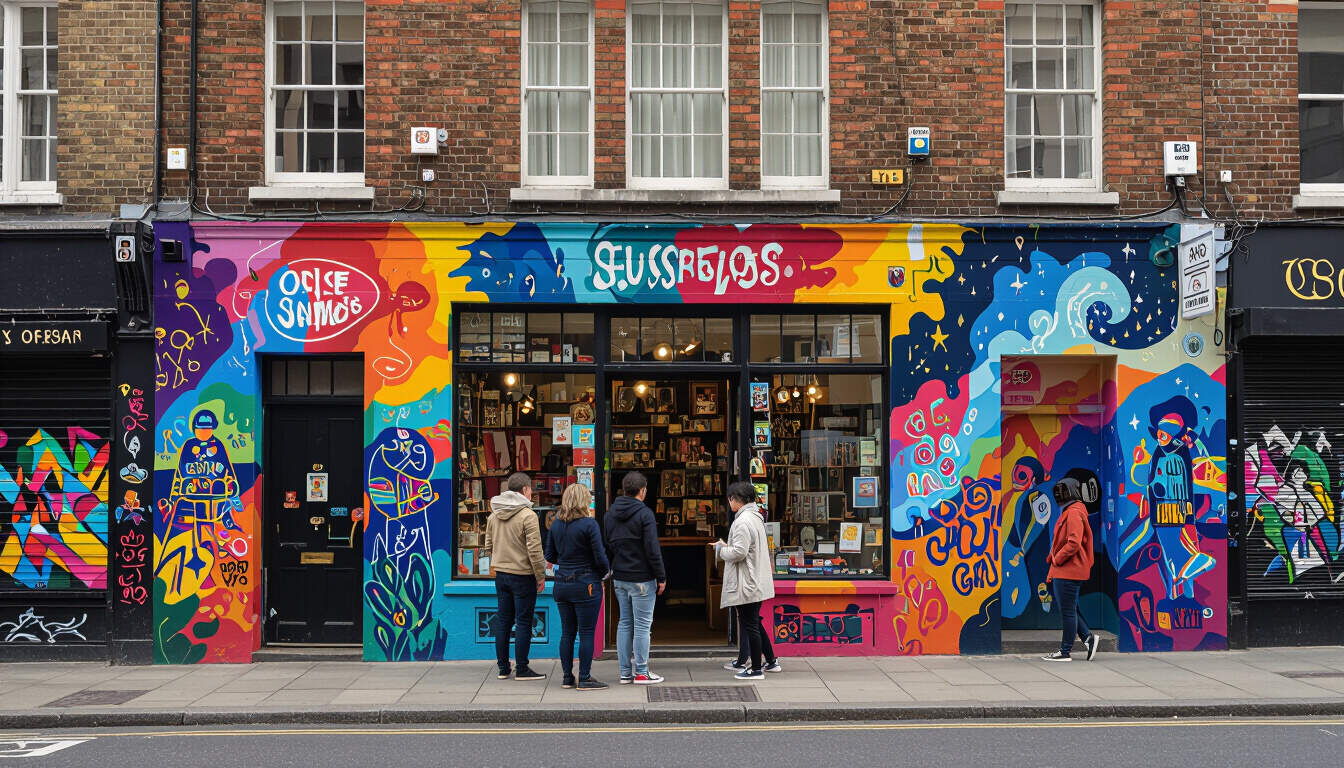Street Art as a Guerrilla PR Tool for Small Businesses
 by Max Miller
by Max Miller
Discover how small businesses can use street art to build buzz and connect with local audiences. This approach offers creative, low-cost ways to stand out in niche markets, fostering community engagement and brand loyalty through innovative tactics.

Street art has emerged as a dynamic way for small businesses to gain visibility. In an era where traditional advertising often feels stale, this method provides a fresh avenue for promotion.
Guerrilla PR involves creative, unexpected actions that capture attention without big budgets. For small businesses, guerrilla PR can mean using street art to tell a brand story directly in public spaces.
One key aspect is how street art integrates with daily life. Artists can create murals or installations that feature a business's logo or message, making it part of the urban landscape. This not only draws eyes but also sparks conversations among passersby.
For niche markets, such as local cafes or artisan shops, street art offers targeted reach. Imagine a coffee shop commissioning a piece that reflects community values, like sustainability. This helps in building a loyal customer base by aligning the brand with local culture.
To start, businesses should identify ideal locations. High-foot-traffic areas near the store work best, ensuring the art is seen by potential customers. Partnering with local artists keeps costs down and supports the community, creating a win-win situation.
Choosing the Right Art Style
The style of street art matters. Graffiti-style pieces might appeal to younger demographics, while more polished murals suit family-oriented niches. Businesses need to consider their audience to make the art resonate. For example, a boutique selling handmade goods could use whimsical designs that evoke craftsmanship.
Execution requires planning. First, check local regulations to avoid legal issues, as some areas have restrictions on public art. Once cleared, collaborate with artists to brainstorm ideas that incorporate street art elements like bold colors and symbolic imagery.
Measuring success is straightforward. Track foot traffic increases or social media mentions after the installation. Many small businesses report a surge in inquiries following such campaigns, proving the tactic's effectiveness.
Real-World Applications
Take a look at how others have succeeded. A small bookstore used street art to depict famous literary scenes on nearby walls, drawing book lovers and boosting sales. This shows how tying art to core offerings can enhance appeal.
Another example involves a eco-friendly clothing line that painted murals promoting recycling. The pieces not only promoted the brand but also aligned with environmental themes, attracting like-minded consumers.
Challenges exist, such as weather damage or vandalism. To counter this, use durable materials and place art in protected spots. Businesses can also involve the community in creation, turning it into an event that fosters goodwill.
Tips for Effective Implementation
- Select artists whose work matches your brand vibe.
- Integrate calls to action, like QR codes for discounts, subtly into the design.
- Document the process with photos for social media to amplify reach.
- Monitor feedback and adjust future efforts based on what works.
In essence, small business owners can leverage this approach to differentiate themselves. By focusing on creativity and community, they create memorable experiences that drive growth.
Beyond initial buzz, street art can lead to long-term benefits. It positions the business as innovative and approachable, helping to build lasting relationships with customers. For marketers and entrepreneurs, this tactic is about being proactive and adaptive.
Ultimately, the goal is to turn public spaces into opportunities. With thoughtful execution, street art becomes more than decoration—it's a gateway to new connections and sustained success.
